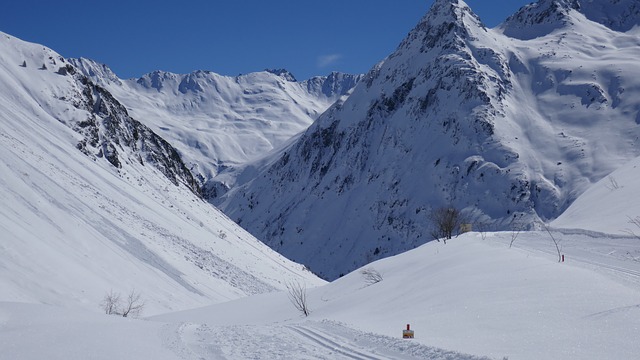
Incinerator for High Altitudes and Sub-zero Climates
Do incinerators work only in industries and hospitals, hatcheries and poultry farms, animal houses and oil and gas sites? Are they suitable only for the plains and not for high altitudes? What about places with extremely low ambient temperatures? Will they work at any temperature and altitude? What about corrosive atmospheres? Some of these questions are bound to cross one`s mind, if one is thinking of installing an incinerator to work in difficult conditions. Hence the following:
We have developed the SWR model especially for marine applications. This is a special jacketed design with an ejector mechanism which cools the flue gas from 1000°C to about 200°C for release into the atmosphere. It has a very wide range and all the equipment including the incinerator, fan, tanks, control panel are all mounted on skids. This has been type approved with MED B & D certification (IMO) and can work in a corrosive atmosphere.
Haat’s incinerator models GD and BP are working at high altitudes for many years without any problem. These two incinerator models were supplied to a high altitude station in the north western region of the country. The applications were medical waste and general garbage. The user selected these incinerators after evaluating many others. The design of these incinerators had to be modified and thermal calculations worked out to the satisfaction of the buyer. The density of the fuel used also had to be altered to suit the high altitude. Our personnel who went for commissioning the plant had to undergo 3 days of compulsory rest and medical check-up each day due to lack of oxygen at this altitude and the resultant high blood pleasure and breathing problems. They could take up the commissioning work only after their health and breathing became normal.
There was another instance of the Australian Government giving us a contract to supply two large incinerators for use in the Australian Antarctic Division. Antarctica is the coldest, windiest and driest continent on earth, where it can become extremely cold at -89.2°C. This was again a challenge as we had to use special steels for construction of the incinerators to make sure there is no failure due to cold cracking. This is because of the ductile-brittle transition exhibited in body centred cubic metals, such as low carbon steel, making them brittle at low temperatures. The refractory had to be modified to suit the sub-zero temperature.
High altitude, sub-zero temperature or highly corrosive atmospheres, there is a Haat incinerator for every one of these difficult locations and applications, doing its duty without fail.
We at Haat are here to accept any challenges when it comes to waste management. Our design team will be happy to work out a solution to your special waste disposal problem however difficult it may be.


